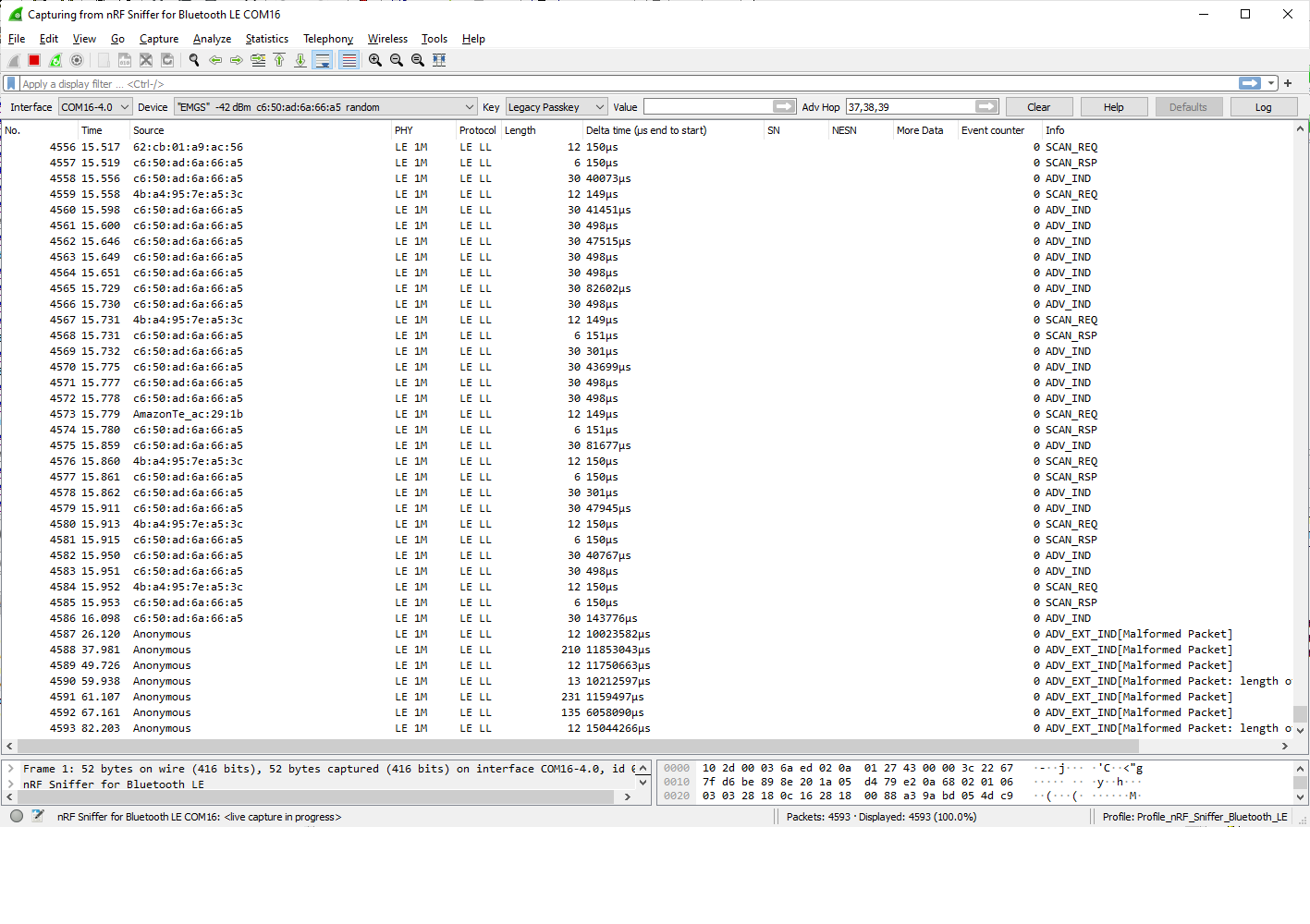Hello,
We are using nrf52832 and SDK15.3 in our product, which sends about 7.4K bytes data every second to an Android phone.
4 ble devices are connected to the phone and we tested the data speed on Samsung phone A51 (Android 12), A71 (Android 10) and Samsung Tab S8 (Android 12).
In A51 and A71, the phone can receive all the data from 4 devices in full speed. However, in tablet S8 it cannot receive all the data from 4 devices and the data rate in some devices drops to 2~3K data per second.
Any ideas about why data speed in S8 is lower than that in A71 / A51, where S8 is a newer model and using a better processor when compared to A71 / A51.
On the other hand, is there any suggestions to increase the data rate in S8?
Thank you for all your assistance.
Regards,
Hang



